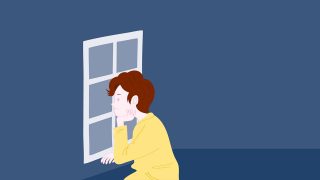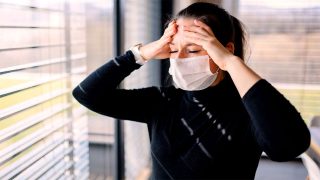Panic Disorder and its Treatment
The first step of the panic disorder treatment is to inform the patient about panic and its treatment. As it is considered that being informed about panic disorder and its symptoms has a healing effect, reliable books and other sources of information can be presented.
Talking about the disorder-oriented fears, developing realistic expectations regarding the treatment are a part of this process. There is a particularly dominant fear of experiencing a panic attack in the patients; it is required to know that panic attack does not lead to death, and that the relaxation will occur in a specific period of time, even if panic attack arises. While the patients expect to get rid of this state of panic immediately, this takes time based on a realistic treatment plan. On the other hand, recessions might occur until the desired recovery is reached, and it is a correct approach to know that in advance and to plan a method to cope with it.
The recommended method of treatment is psychotherapy accompanied by drugs. While the most frequently used psychotherapy method is Cognitive Behavioral Therapy (CBT), Panic-Focused Psychodynamic Therapy methods can also be used. Currently, there is not sufficient amounts of evidence regarding the effectiveness of herbal drugs and supplementary foods.
In Cognitive Behavioral Therapy, false signals are distinguished via psycho-education, and relief methods are taught through muscular and breathing exercises. Systematic desensitization methods are implemented against situations causing the panic. Things to do in the next panic attack are planned.
If there are intense panic, suicidal tendencies, or the need of discharging the toxins due to harmful substance abuse, which are observed with Agoraphobia (fear of entering open places), the treatment cannot be implemented as required if the patient is not admitted to a hospital.
It was reported that developing a behavior regarding the protection of physical health makes contribution to the treatment of panic disorder. For instance, regular exercise, a healthy sleeping pattern, personal care, decreasing the use of coffee/cigarette/alcohol and other harmful substances, regular doctor visits, and similar activities are recommended Exercising (particularly aerobics) is considered to relieve anxiety much more than various other relief techniques.
The treatment is terminated by considering the frequency and intensity of panic attacks, prospective apprehension, the degree of agoraphobia, and the intensity of the problems related to panic disorder.












